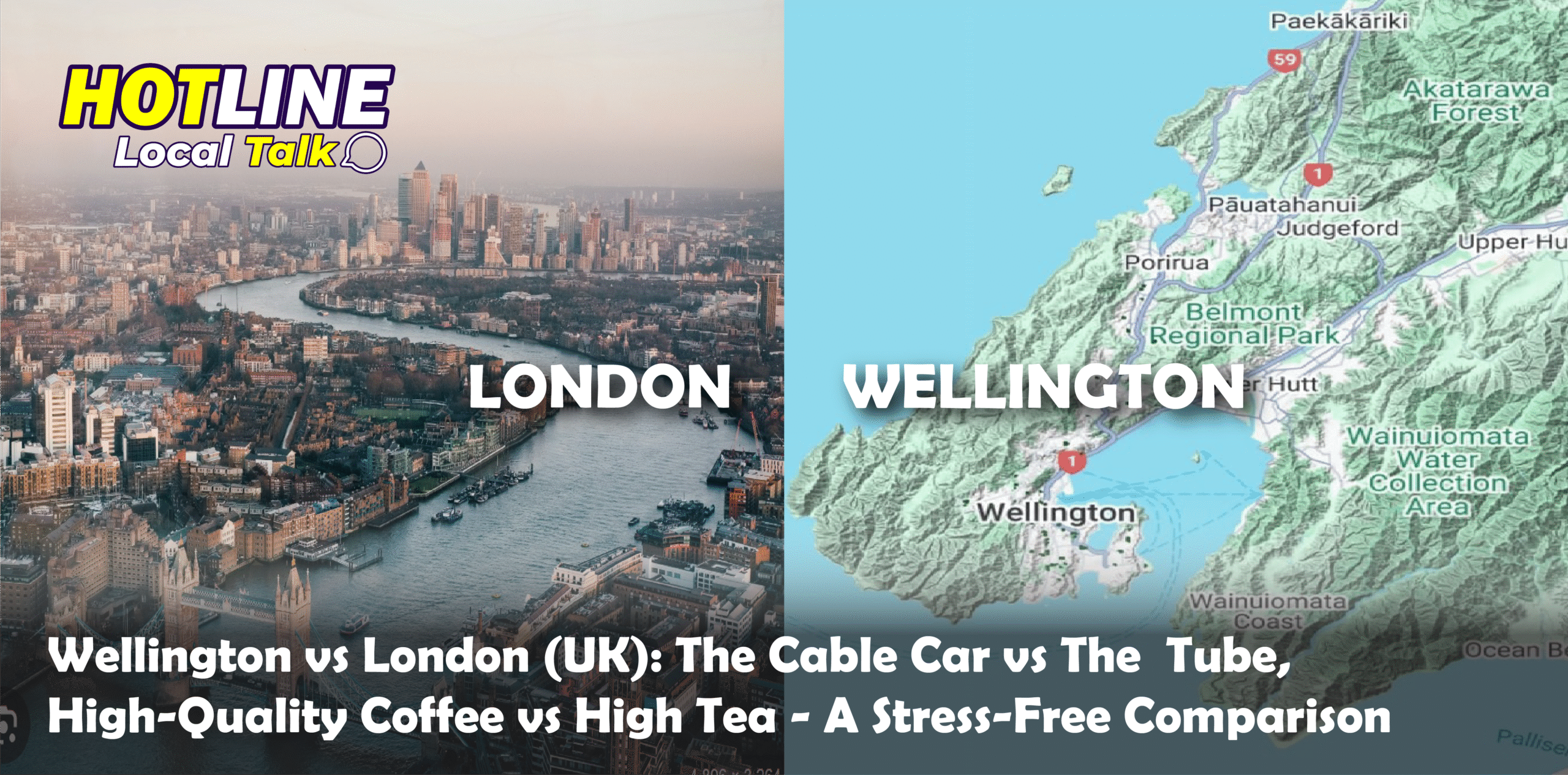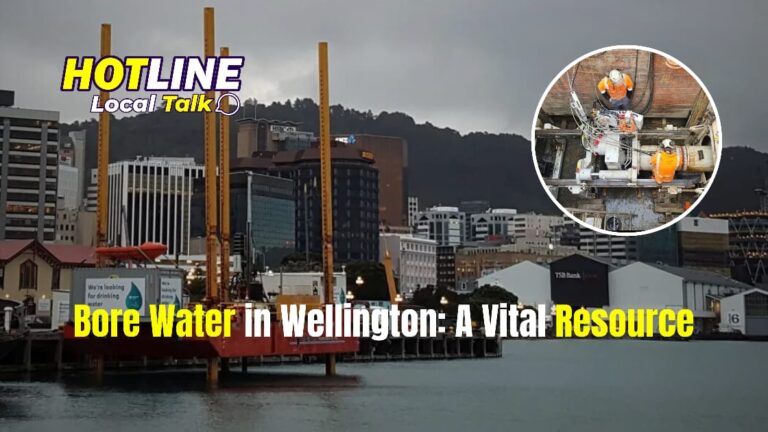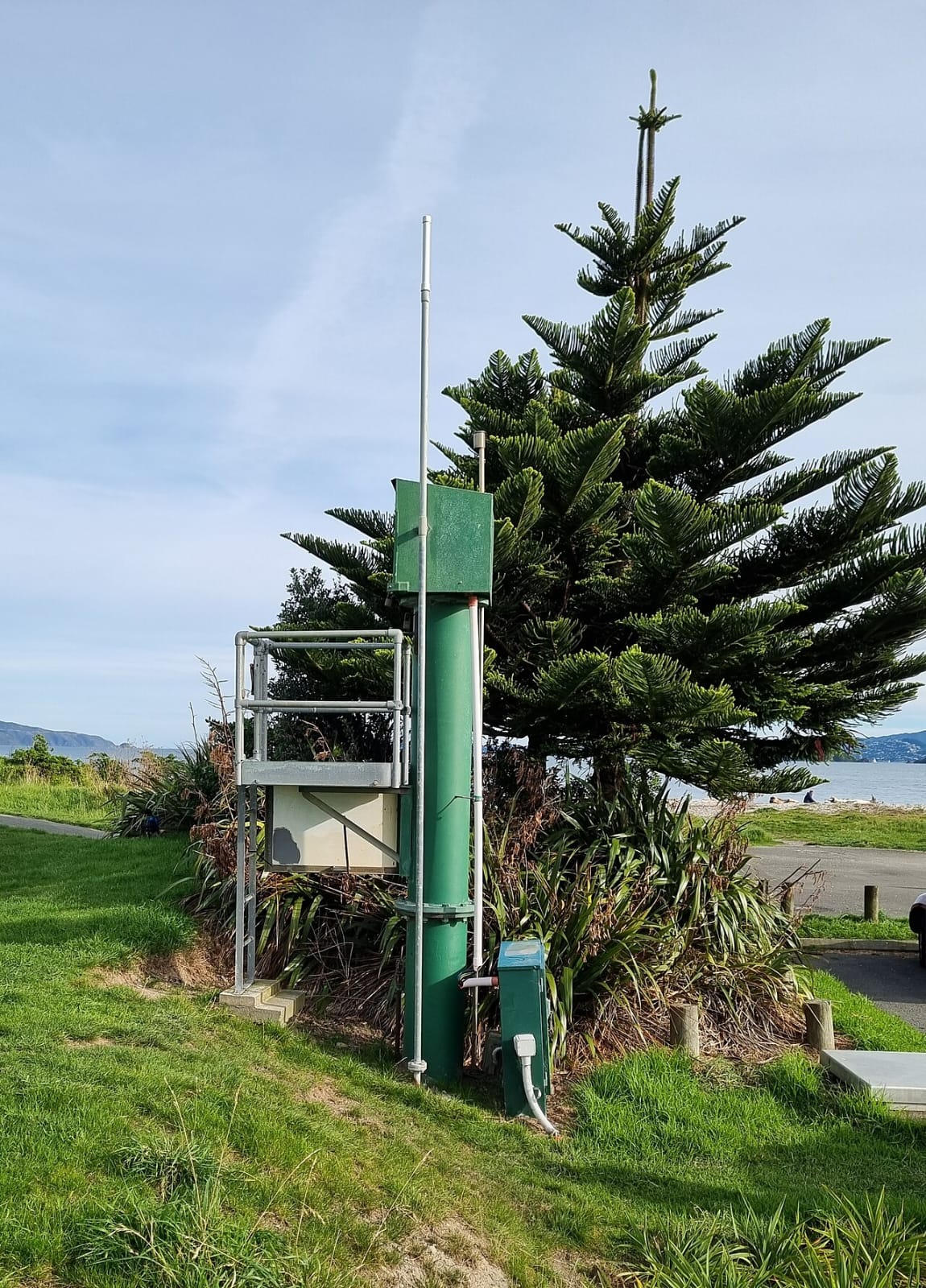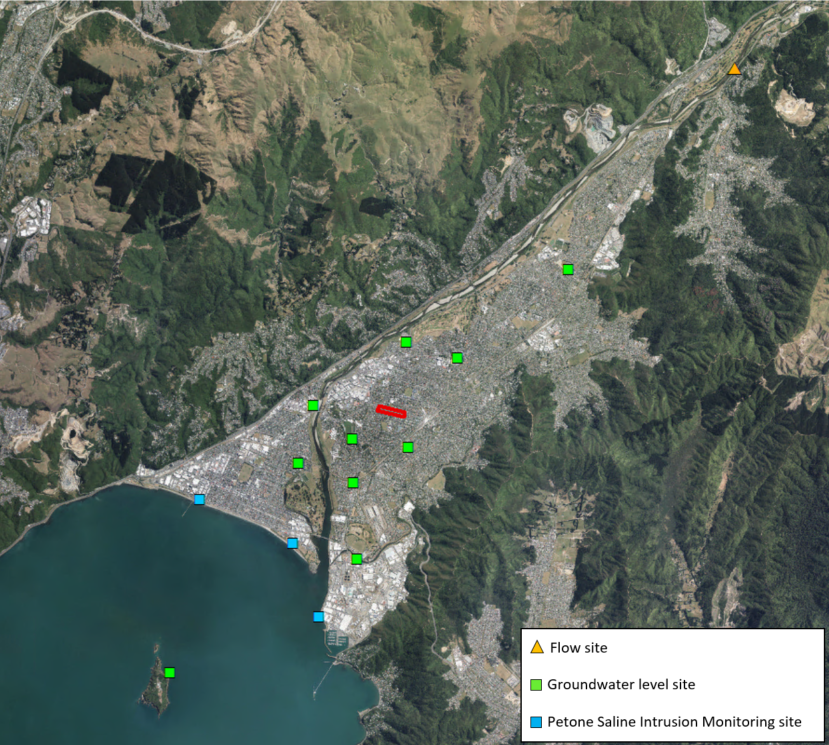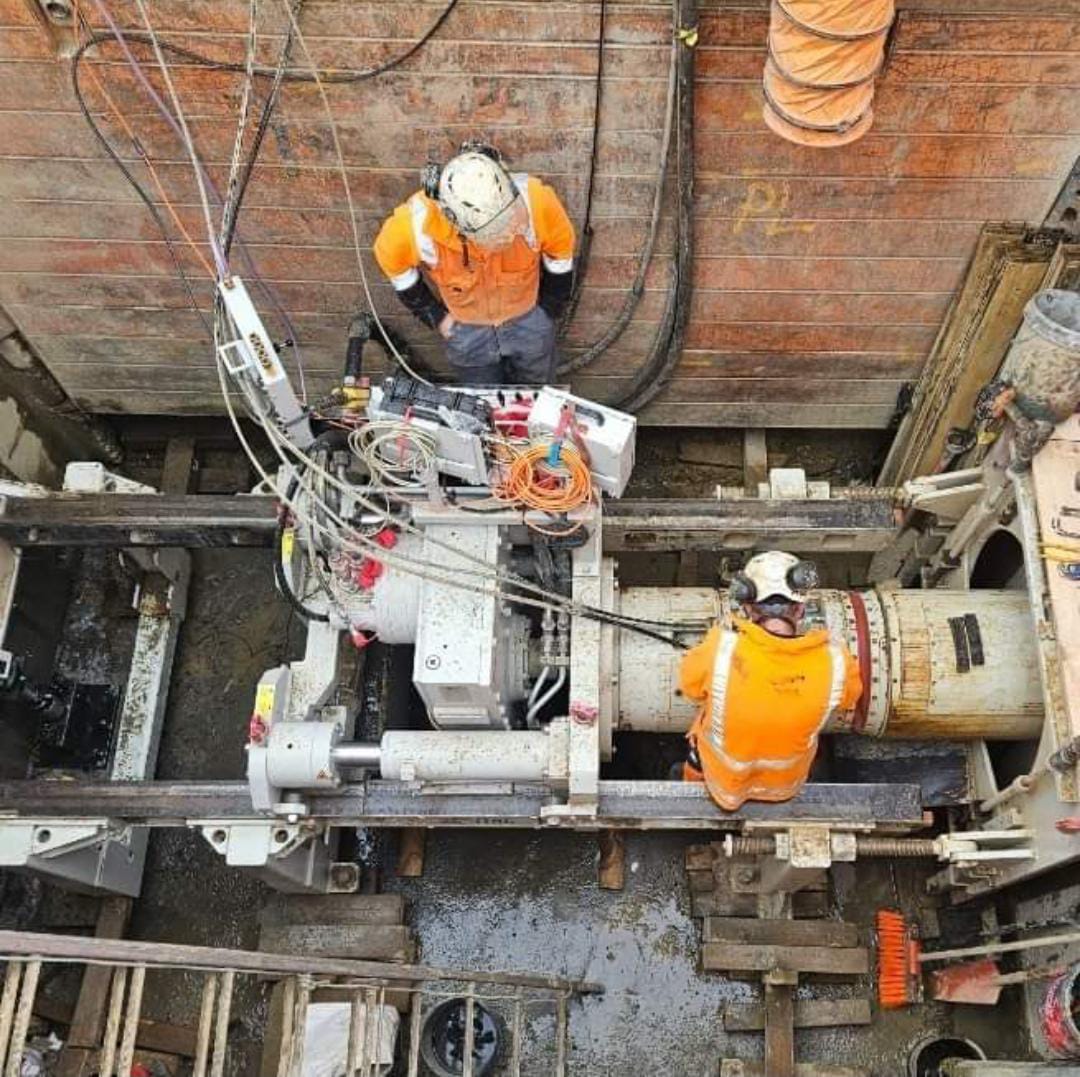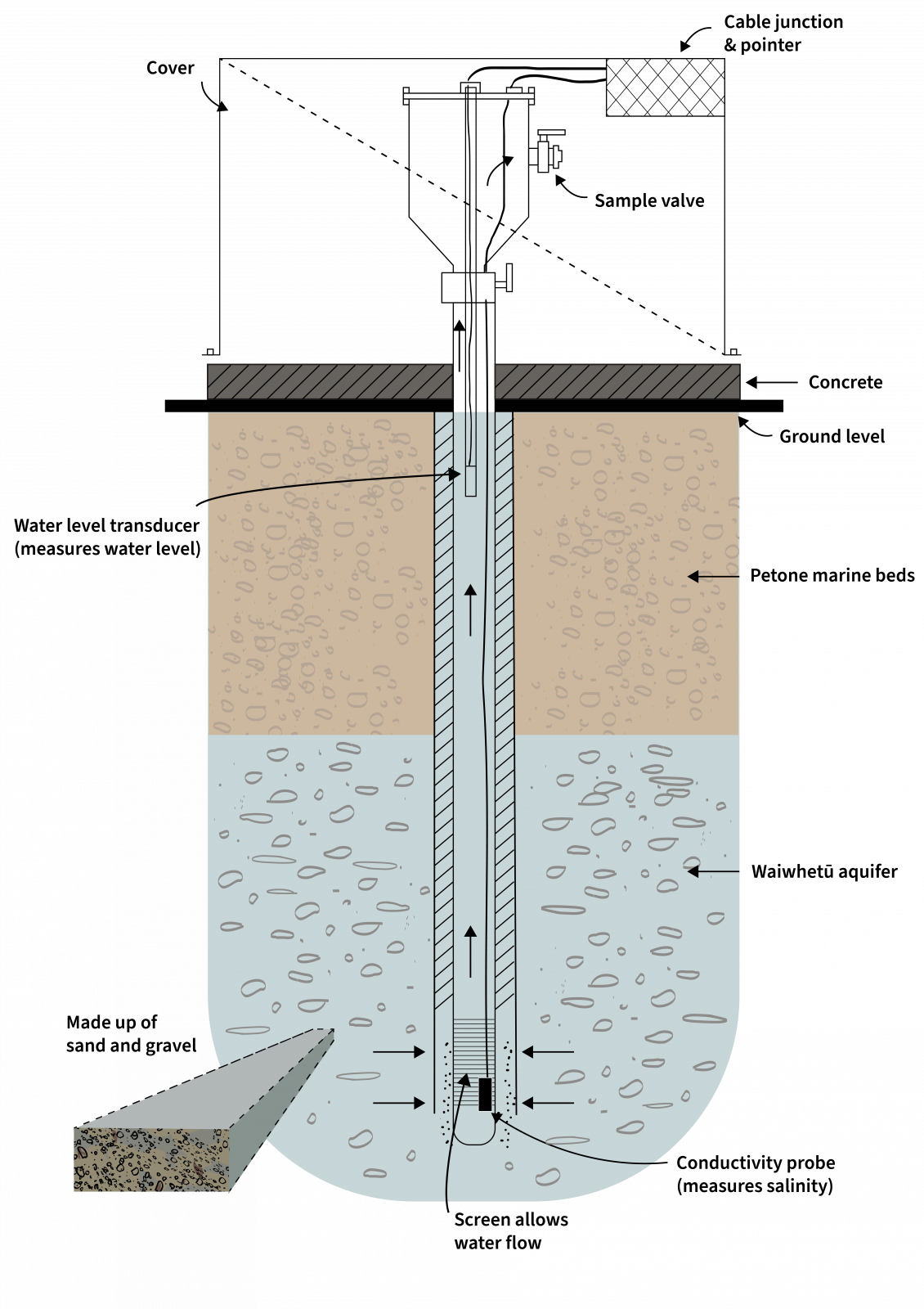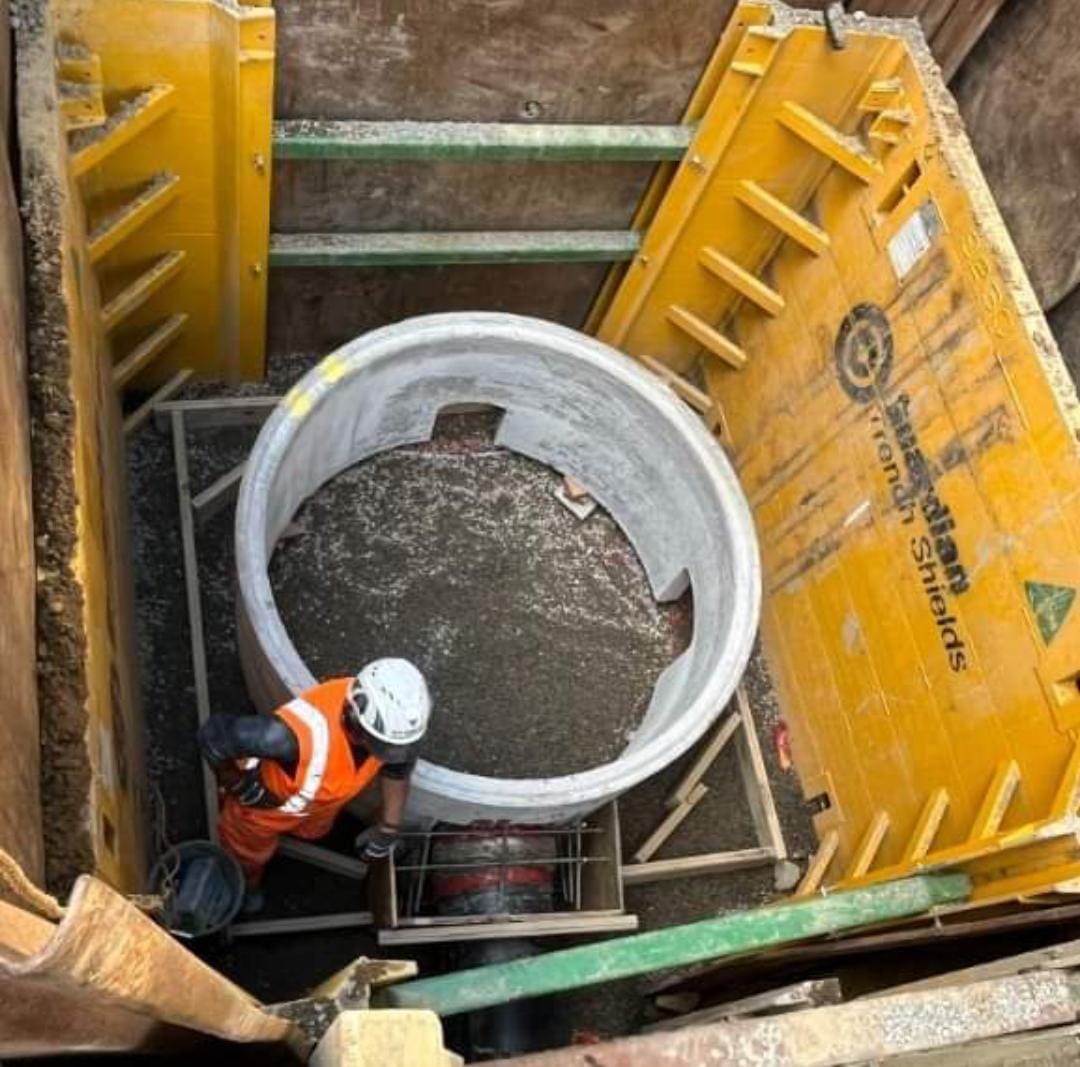TRUTH SEEKER
Instantly run a Quiz with friends... about the article. Interact more & analise the story. Dig in, catch out biased opinions, and "fact check" with TRUTH SEEKER by ONENETWORK WELLINGTONLIVE 👋
Do you agree with the main argument of this article?
0%
0%
0%
0%
Total votes: 0
Question 1 of 2
Where is bore water in Wellington primarily sourced from?
Bias Analysis
Some Bias
Score: 35%
Fact Check Summary
True. The article mentions regular testing and UV treatment to ensure safety.
Source: Article
False. Chloride levels are mentioned as a key indicator of seawater intrusion.
Source: Article


